Podcast: Play in new window | Download
Subscribe: Apple Podcasts | Email | TuneIn | RSS
This episode Megan and Milena cover painter, educator and art ambassador Lois Mailou Jones & Anglo-American physician Elizabeth Blackwell, America’s first woman to earn a M.D.
Lois Mailou Jones

Okay, so, I’m not saying that you guys have to listen
to Ep. 3 & 4 to full get the significance of who I’m about to do – but you guys
should totally listen to Ep. 3 & 4. This week we cover Lois Mailou Jones,
an African American painter who primarily alternated between impressionistic
landscapes and paintings about the Black experience. Born in 1905, Lois saw the
transition of African American art as systematically repressed to eventually
reaching mainstream validation in major museums
– in part because of her unrelenting creative work.
Lois acts as a conduit between
Ep. 3 & 4 artists Meta Warrick Fuller and Elizabeth Catlett. Inspired by
one and teaching the other, Lois’s life is an example of prevailing in spite of
some good ol’ fashioned American racism and
sexism. So sit down, tune in, and see what Martha’s Vineyard, Hillary Clinton
and the president of Haiti all have in common.
Selected Artwork
Early Work

French/Hatit Paintings
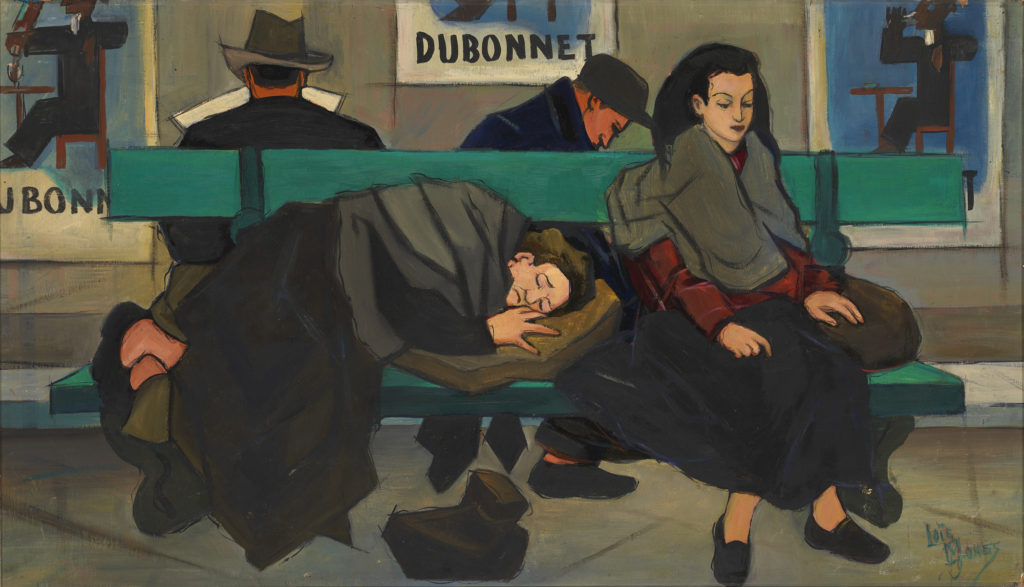

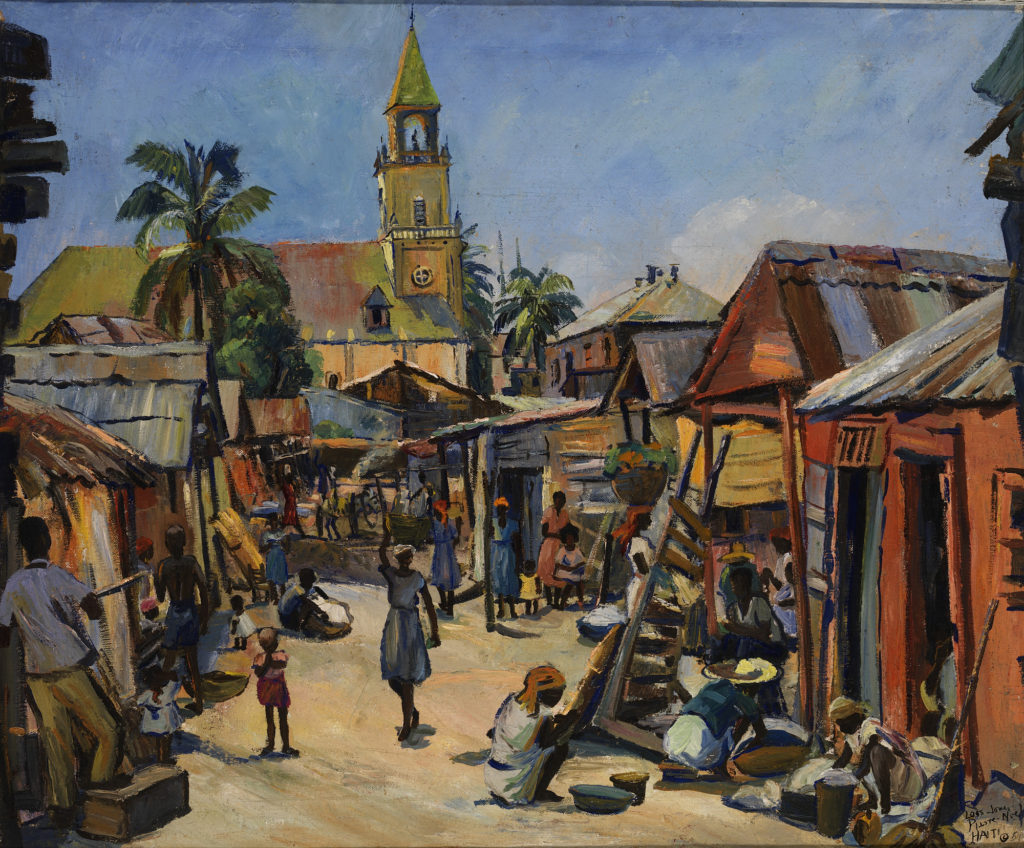
Fabric Design
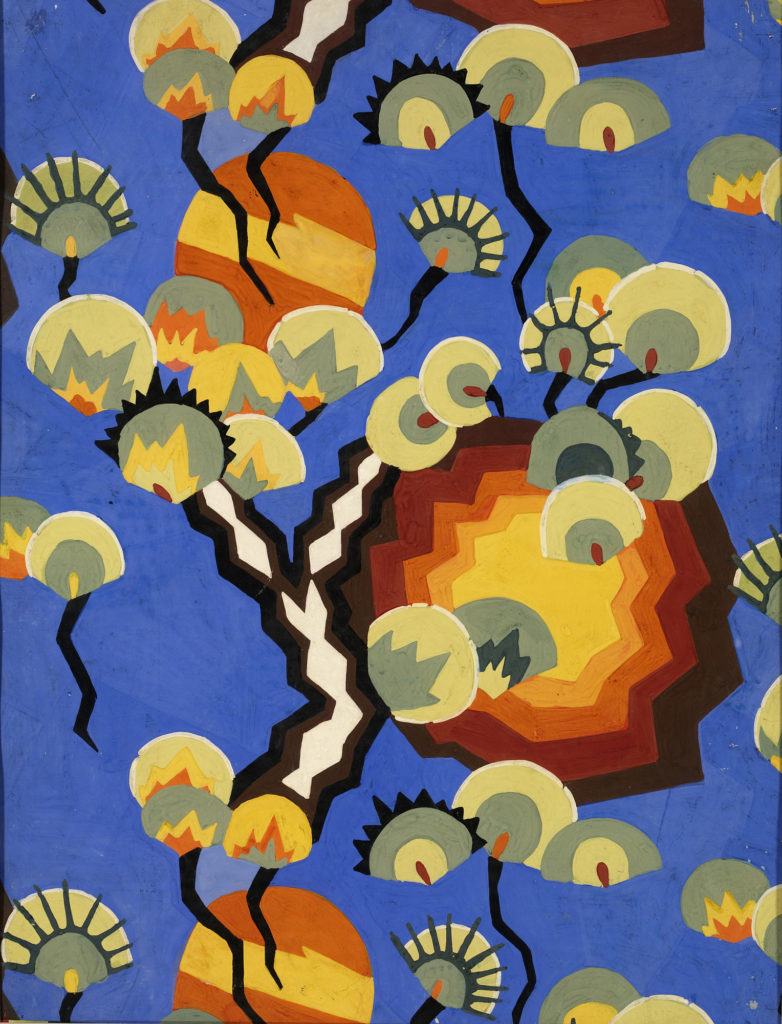
African Paintings

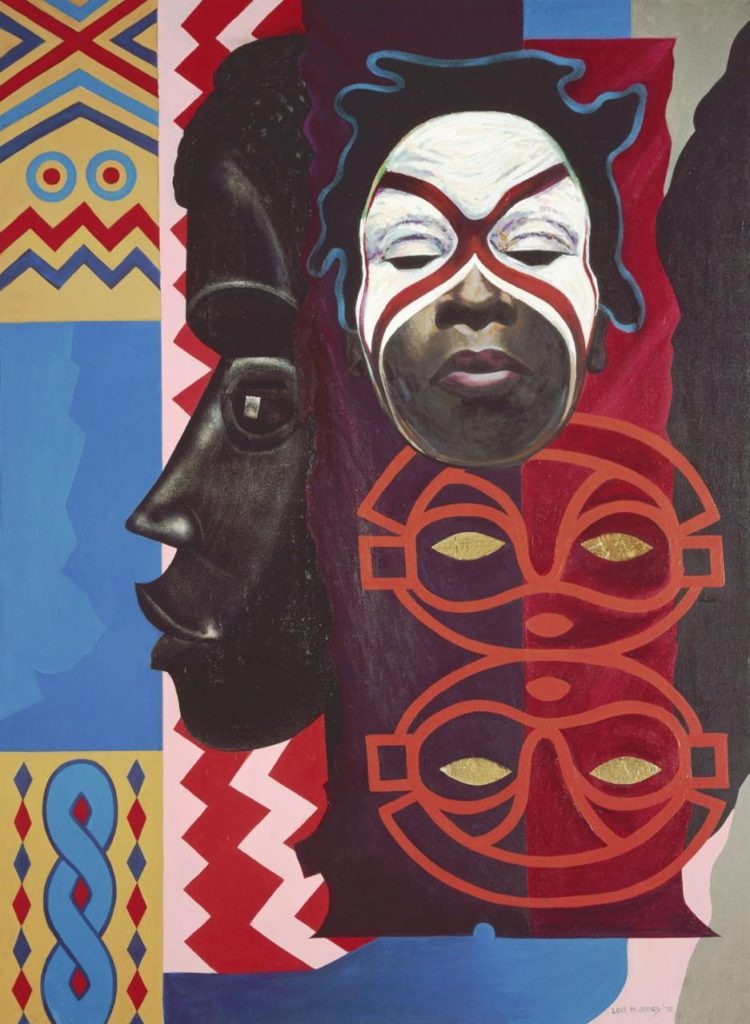

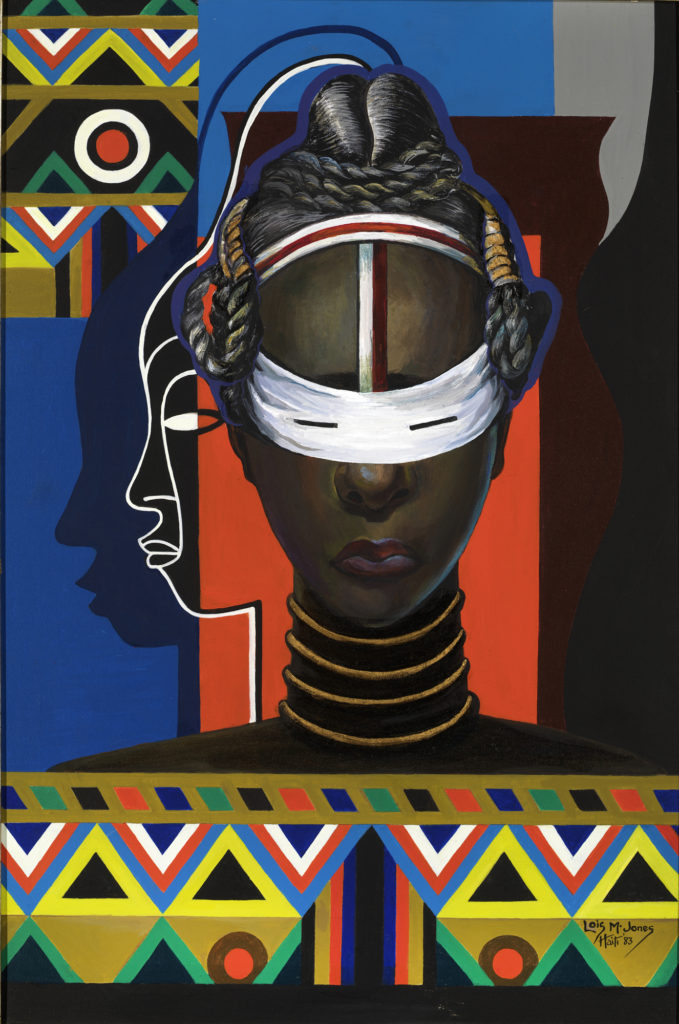
Social Commentary
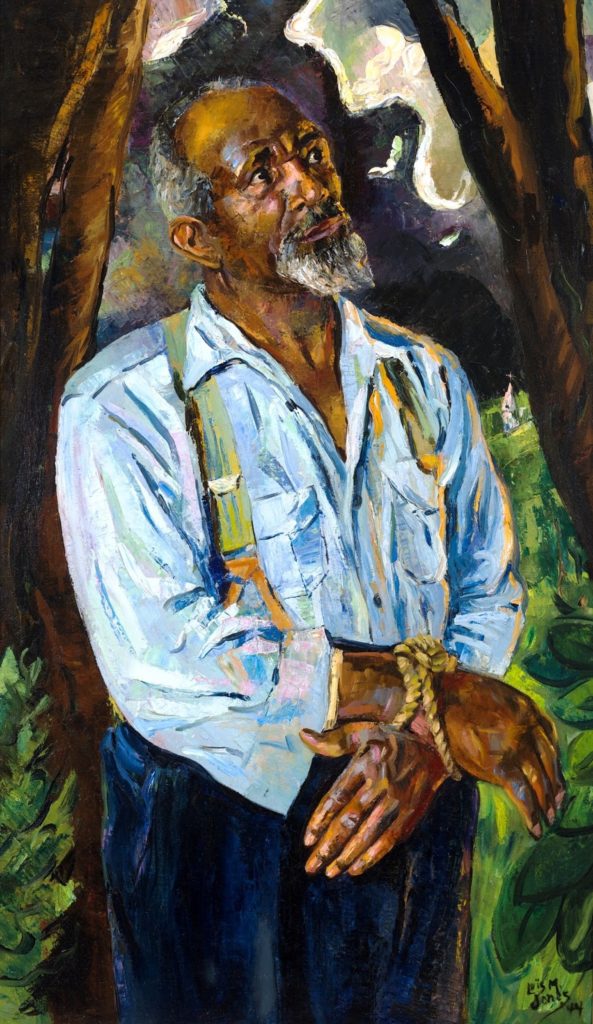
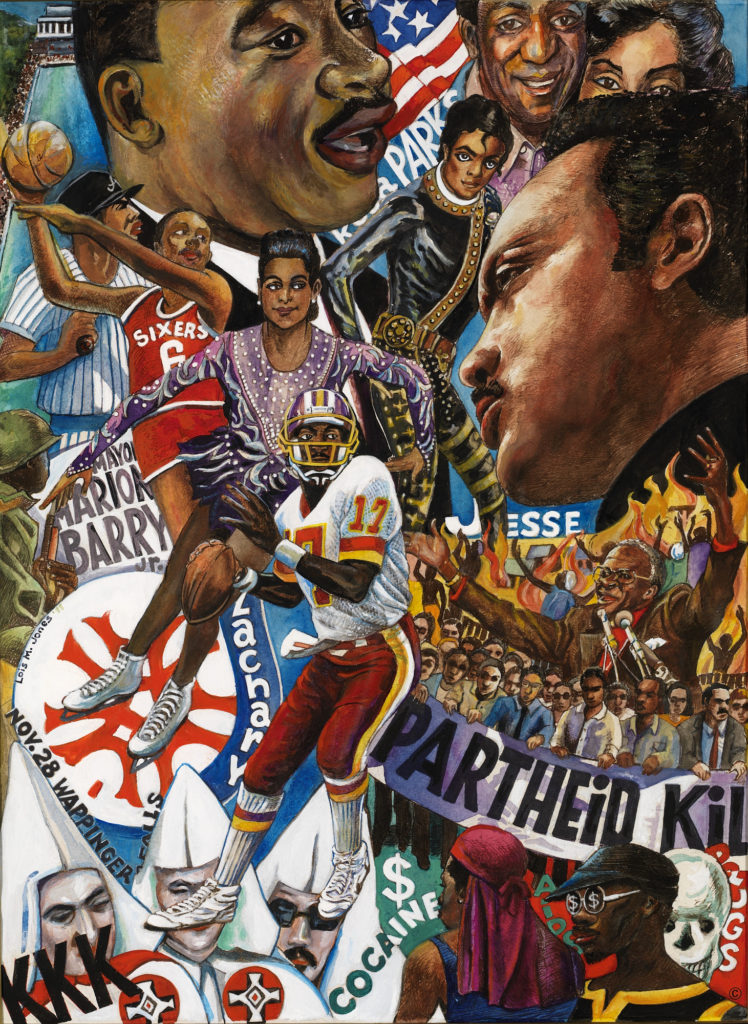
- Meta Warrick Fuller – Sculptor profiled in episode 3 that was an inspiration to Lois
- Elizabeth Catlett – Also a sculptor, profiled in episode 4. She was one of Lois’s many students while at Howard. Eventually settled in Mexico
- Oak Bluffs – The only town on Martha’s Vineyard welcoming to African Americans, becoming one of the best known and exclusive African American vacation spots in the early to mid 20th century
- Boston Museum School of Fine Arts – Where Lois went to school on scholarship
- Ted Shawn – The man considered the father of American dance, under costume designer Grace Ripley Lois made costumes for his works
- Palmer Memorial Institute – School for African American children, where Lois established the art department before working for Howard
- Howard University – A historically black college in DC, from founding in 1867 open to all people, regardless of race or sex
- Mamie Phipps Clark – Developmental psychologist profiled in episode 3, whose work helped overturn segregation in public schools
- James. A Porter – Author of Modern Negro Art, fellow professor at Howard and influential teacher for Elizabeth Catlett
- Harmon Foundation of NY – Organization that supported Lois’s work, showing some of her earliest significant works
- Celine Tabary – BFF to Lois, met in France when Celine was assigned to Lois as her translator. Also taught at Howard and was an accomplished painter
- Negritude – Movement that Lois was exposed to while living in France, inspired her later work
- Black Arts Movement – A movement, building from the Black Power Movement, that Lois is considered a member of
- Corcoran Gallery of Art – The gallery that apologized to Lois for it’s past racist policies, 50 years after Lois submitted work despite their ban on Black artists
- Alain Locke – Poet laureate of the Harlem renaissance and fellow colleague at Howard
- Louis Vergniaud Pierre-Noel – Haitian graphic designer and husband to Lois
- Tritobia Hayes Benjamin – Art historian and educator who wrote the biography The Life and Art of Lois Mailou Jones
Elizabeth Blackwell
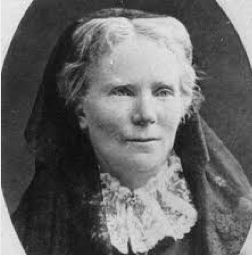
I mean, look at that face. That is a face of women who got shit done.
Who doesn’t love a trailblazer of a woman?! Making history as the first ever female doctor to earn a degree in the United States, Elizabeth Blackwell turned a lot of heads and made a lot of enemies in her lifetime. Active in social reform and concerned about the state of our society, she took the world head on as a social activist and as a physician.

A statue of her erected at the Hobart and William Smith College, then called Geneva College. It was only out of a joke that Geneva college admitted Elizabeth Blackwell into their medical program. But joke’s on them – she not only graduated and bettered her own life. She was the first person ever to start to pave the path for women everywhere wanting to become doctors.
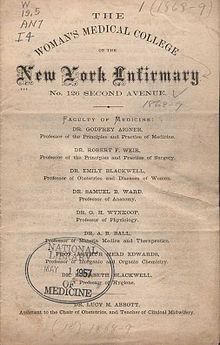
After she graduated college and made way for female students, she moved on to make way for female workers.Above is an announcement for the New York Infirmary in New York started by Blackwell, her sister, and one of her mentees. It was owned, run, and staffed by women, as well as openly took women still in medical school for the clinical experience needed for their degrees. The clinic’s patient list doubled in a little over a year.
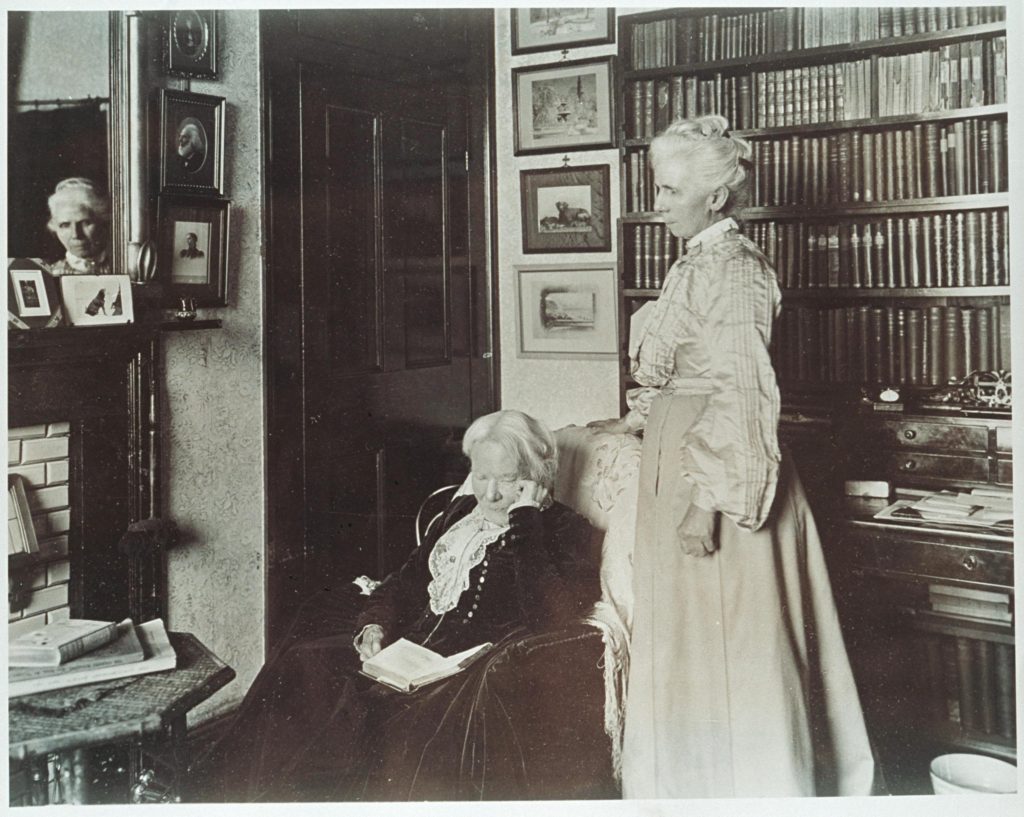
Pictured here is Elizabeth Blackwell and her adopted daughter, Kitty Barry. Barry was 8 when Blackwell took her in. Blackwell took care of her, educated her, and even enrolled her in gymnastics classes. She followed Blackwell around the world and back, taking care of the home and acting as an assistant. The two were close. Barry considered Blackwell as her one true love, and asked to be buried next to her ashes when she passed.
As always, music by EeL

My current series are The Dresden Files by Jim Butcher, The Kingslayer trilogy by Patrick Rothfuss, a silly cozy mystery series Meg Langslow by Donna Andrews they take place in Virginia and the main character is an ornamental blacksmith, The Welcome to Nightvale books and Alice Isn’t Dead by Joseph Fink. Hoopla also is great for audiobooks and ebooks; it also works with the public library systems.
Those all sound like great reads! I’m always game for silly murder mysteries. Currently in magical mode with Terry Pratchett’s Discworld and the Shades of Magic series by V. E. Schwab